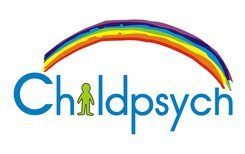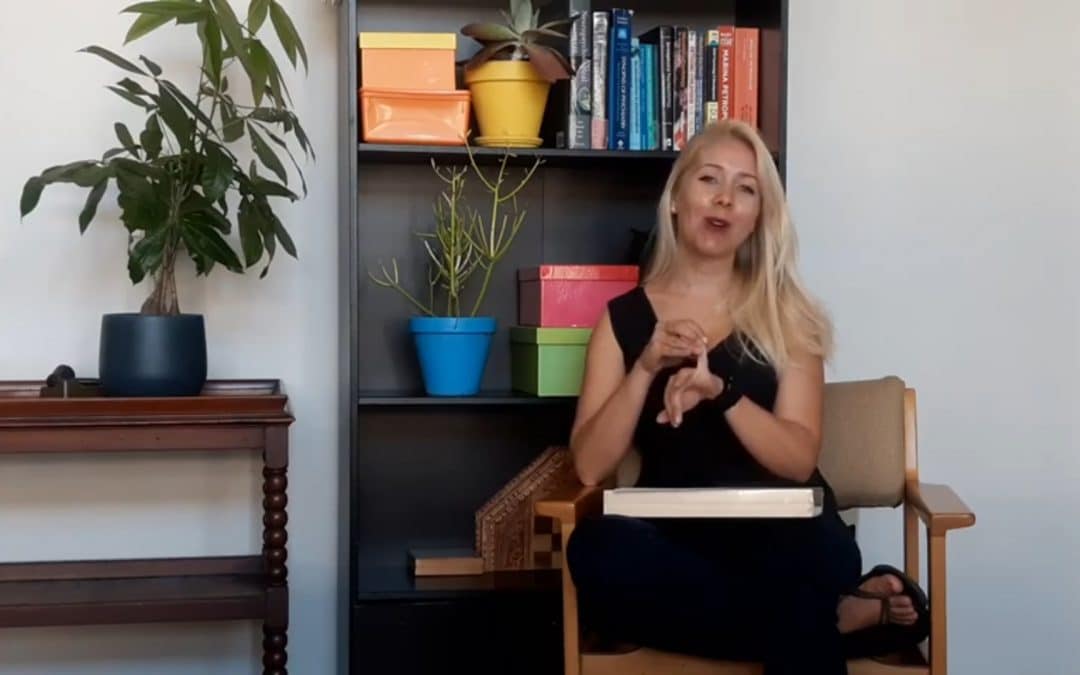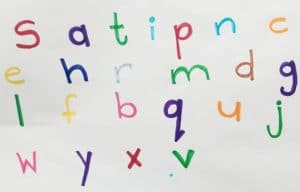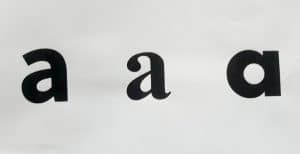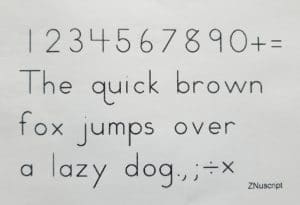Teaching a child to read is really easy – but make sure that you are not making one of these 6 common mistakes:
This video forms part of our range of Early Learning videos which focuses on various ways you can support your child at home to become ready for formal schooling.
-
Teaching the letter names instead of the letter sounds
From years of conditioning, experienced readers will look at the alphabet and automatically link the letters to their names ( A = Ay, B = Bee, C = See, etc.). But keep in mind that this concept is abstract. Children need something more concrete to connect the symbols to, They need to match the symbol with the sounds that they hear (A – Ah, B – Buh, C – Kuh, etc.) as this helps them to blend the sounds together in order to form words. For example, if we teach a child to use letter names the letters C-A-T sounds like See-ay-tee, which makes no sense. But if we use letter sounds, it is easy to understand that C-A-T make Kuh-Ah-Tuh. (say it out loud and you’ll see that it makes sense)
2. Teaching the letters in alphabetical order.
Many of the letters that occur next to / or close to each other in the alphabet look the same and can thus be confusing for children to remember. Examples include: b/d, m/n, p/q, v/w. For this reason it is best to first teach children letters that are visually dissimilar and only move on to other letters once they have consolidated these. Check out the list below for the recommended order in which to introduce letters when teaching a child to read.
3.Introducing capital letters before small letters
Unfortunately most of the Educational Resources available in toy shops focus on the Capital Letters. This is mainly because they are manufactured in China and in the USA. In these countries the theory on reading instruction focuses on Capitals first. However South Africa (among other countries) focuses on introducing the small letters first and, personally I think it makes more sense. The reason for this is that 90% of the text your child is going to come across in print is likely to be small letters. And so, being able to identify the small letters is more likely to enable your child to read magazines and flyers early on, even if they don’t know the capital versions of letters yet.
Here is the stamp set I use in the video: https://www.melissaanddoug.com/alphabet-stamp-set/3557.html
4. Introducing reading before your child is ready.
For the most part, very young children simply do not have the abstract thinking ability nor the concentration span to cope with reading instruction. This usually only starts to fall in place from the age of 4 or 5 years. Before you even start to focus on teaching a child to read through formal instruction, make sure your child has a solid foundation of pre-literacy skills to base this learning on. Find out more about pre-Literacy skills in this video:
5. Introducing letters in the incorrect text format.
Different type fonts may display letters such as a and e differently. Below are some examples: Ideally we want to use a text similar to the Grade 1 BBA font. With this kind of text font we can use a child’s existing knowledge of shapes and laterality (left vs right) to help them remember what the letters look like. For instance: the letter a looks like a circle with a short line stuck to the right of it.
6. Using only pen-and-paper instructions methods
Children get bored with having to sit at a desk and focus on worksheets. Remember to make reading instruction fun by making it as multi-sensory and interesting as possible. Form letters out of play-dough, write letters in the sand, cut letters out of sandpaper or try to form the letters with your body. The more of your child’s senses you can engage in learning the better they will remember it.
